In the industrial landscape, the demand for durable and reliable valves has surged, with stainless ball valves emerging as a top choice for various applications. According to a recent market research report by Grand View Research, the global ball valve market is projected to reach USD 16.57 billion by 2025, driven primarily by the growing need for robust and corrosion-resistant solutions in industries such as oil and gas, water treatment, and chemical processing.

Stainless ball valves, known for their excellent mechanical properties and resistance to rust and corrosion, play a pivotal role in ensuring operational efficiency and safety. This comprehensive guide delves into the critical specifications and insights necessary for selecting the right stainless ball valve, helping industry professionals make informed decisions that align with both performance requirements and industry standards.
When selecting stainless ball valves, various key factors must be considered to ensure optimal performance and durability. One of the primary specifications to evaluate is the valve material. According to industry reports, such as those by MarketsandMarkets, a majority of valves used in industrial applications are made from 316 stainless steel due to its enhanced corrosion resistance compared to other materials. This specification is particularly critical in environments exposed to harsh chemicals or extreme temperatures.
Another essential factor is the valve size and pressure rating. Standards such as ASME B16.34 provide guidelines for the appropriate sizing and pressure limits based on the application requirements. For instance, a properly sized valve can maintain system integrity and reduce the risk of failure, with statistics from the Valve Manufacturers Association indicating that poor sizing contributes to 30% of valve malfunctions in industrial settings.
**Tips:** Always check the compatibility of the valve with the fluids it will handle to avoid material degradation. Additionally, consider the valve's end connections; flanged, threaded, or welded options can significantly impact installation and maintenance. Regularly reviewing these factors ensures longevity and reliability in your operations.
| Specification | Description |
|---|---|
| Material | Stainless Steel (304, 316) |
| Size Range | 1/4" to 12" |
| Pressure Rating | Up to 600 PSI |
| Temperature Range | -20°F to 200°F |
| Connection Type | Threaded, Flanged, Welded |
| Actuation | Manual, Electric, Pneumatic |
| End Connections | ANSI, DIN, JIS |
| Application | Water, Oil, Gas, Chemicals |
| Compliance Standards | API, CE, NSF |
When selecting a stainless ball valve, understanding essential specifications is crucial for ensuring optimal performance in industrial applications. Key factors to consider include the valve's size, pressure rating, and the materials used in its construction. The size should correspond with the pipeline dimensions, ensuring a proper fit and allowing for efficient flow. The pressure rating is another critical specification, as it determines how well the valve can withstand the operating conditions without leaking or failing.
In addition to size and pressure, the type of sealing mechanism plays a significant role in performance. Options like soft-seated or metal-seated valves offer different advantages depending on the application environment. For instance, soft-seated valves provide a tighter seal at lower temperatures, while metal-seated valves are more suitable for high-temperature and high-pressure scenarios. Furthermore, understanding the fluid characteristics, such as viscosity, temperature, and chemical compatibility, will guide you in selecting a valve that enhances system reliability and longevity, making the right choice crucial for operational efficiency.

When selecting stainless ball valves, understanding industry standards is essential. Standards such as ASME B16.34 and API 608 are pivotal in ensuring the valves meet safety and performance criteria. According to a report from the Global Industry Analysts, the demand for stainless steel ball valves is projected to grow at a CAGR of 5.5% through 2027, driven largely by stringent regulatory frameworks that govern industrial applications. Adhering to these standards not only influences quality and durability but also enhances system reliability, thereby reducing downtime.

Additionally, standards from organizations like ASTM International specify the material requirements that affect the valve's resistance to corrosion and wear—factors that are critical in sectors like oil and gas, where environments can be particularly harsh. Recent findings from the American National Standards Institute (ANSI) indicate that the adherence to these material standards can increase the lifespan of a valve by up to 30%, showcasing the significant impact of industry standards on operational efficiency. Ultimately, understanding and applying the relevant standards is a crucial component in the selection process of stainless ball valves.
Stainless ball valves are integral components in various industries due to their durability and reliability. Commonly used in water supply systems, chemical processing, and food and beverage manufacturing, these valves offer excellent resistance to corrosion and high pressures. Their robust design allows for efficient flow control, making them suitable for both high-volume and precise applications.
**Tips:** When selecting a stainless ball valve for your specific application, consider the flow characteristics and the type of media involved. For instance, choose valves with PTFE seals for chemical applications to ensure compatibility and longevity. Additionally, look for valves with a full port design for applications that require maximum flow efficiency.
In oil and gas, stainless ball valves are crucial for regulating the flow of hydrocarbons. Their ability to withstand harsh environments makes them ideal for upstream, midstream, and downstream processes. Furthermore, in HVAC systems, their quick shut-off capabilities enhance safety and reliability in temperature management.
**Tips:** Always evaluate the pressure and temperature ratings of the valve to ensure they align with your system requirements. Regular maintenance is also essential to extend the life of the valves and maintain optimal performance.
This chart illustrates the common applications of stainless ball valves in various industries, highlighting their versatility and effectiveness in controlling fluid flow.
When selecting a stainless ball valve, durability and reliability are paramount attributes that industry experts frequently emphasize. According to a report published by the Valve Manufacturers Association (VMA), high-quality stainless steel ball valves have a service life that can exceed 25 years in moderate to severe conditions, provided that they are properly selected for the application. This longevity is critical in sectors like oil and gas, where valve failure can lead to significant operational downtime and costly repairs.
Furthermore, the American Society of Mechanical Engineers (ASME) highlights that the most durable ball valves are constructed using high-grade stainless steel, such as 316 or 304 alloys, which are renowned for their corrosion resistance. A case study by the International Journal of Pressure Vessels and Piping shows that valves engineered to withstand pressures of 1500 psi significantly outperformed standard counterparts in both stress tests and real-world applications. Investing in a quality stainless ball valve not only ensures reliable performance but also minimizes the risk of emergency replacements and enhances overall system safety.
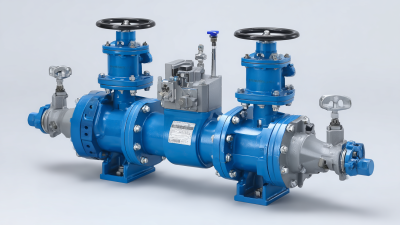
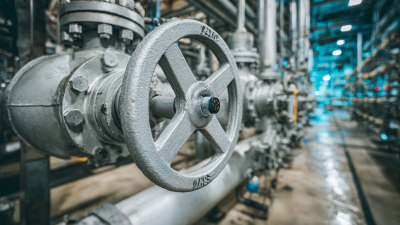
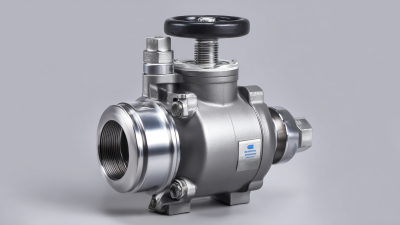
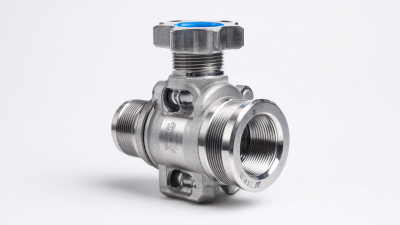
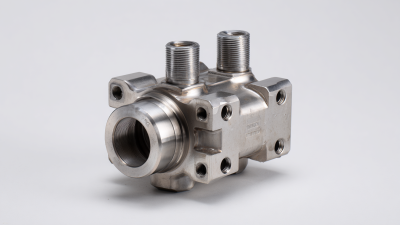
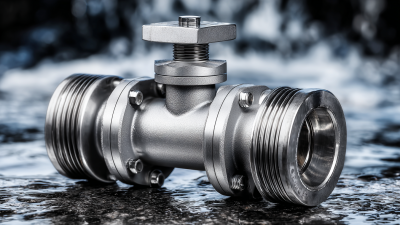



Same Day Shipping
ISO Certified Production